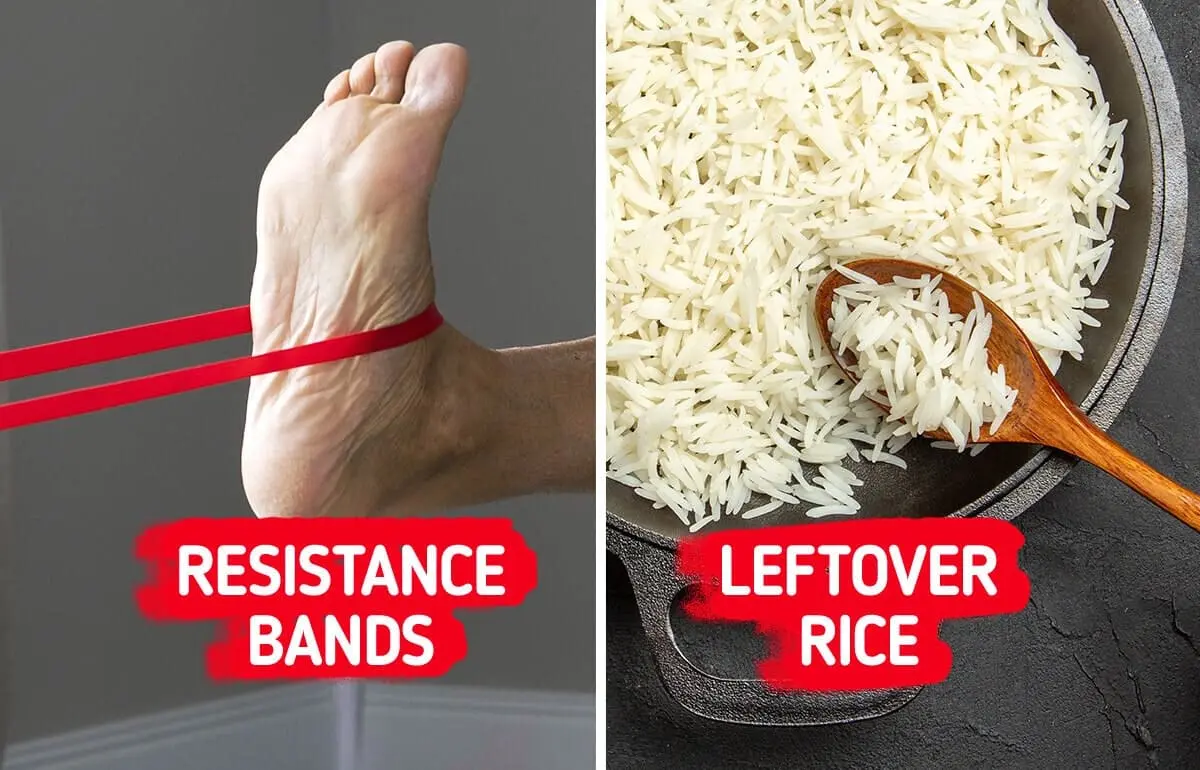We like to think danger looks like something obvious — a knife, a fire, a fall from a cliff. But sometimes, it’s a cute little houseplant. Or the way you sit at your desk. Or even a glass of water at the wrong time.
It’s terrifying, but true: the world is full of silent threats hiding in plain sight. No horror movie, no dramatic warning — just everyday life, with a dark side nobody talks about. You’re not jumping out of a plane. You’re not racing a car at 150 mph. You’re just… living. Eating, cleaning, relaxing, exercising — the stuff we all do without a second thought.
But what if we told you, some of those harmless-looking things could actually be lethal? Read carefully — some of them are going to shock you.
1. Leftover rice.
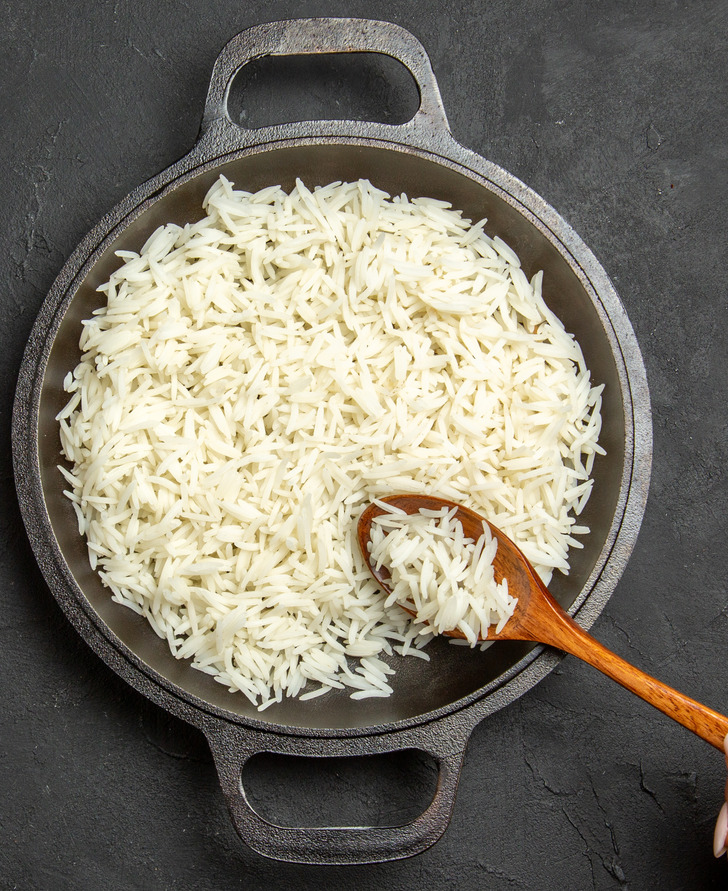
Rice is a staple food often cooked in large quantities, making proper storage essential for safety. To protect yourself and your family, it’s important to know how long rice can safely sit out, the correct way to reheat it, and when to discard leftovers.
A key concern is Bacillus cereus, a bacterium that produces spores on rice, pasta, and similar foods. While typically harmless in small amounts, leaving these foods at room temperature allows the spores to multiply rapidly, releasing dangerous toxins. Unlike many other foodborne pathogens, Bacillus cereus toxins are heat-resistant, survive digestion, and can even continue growing in the intestines.
Improperly stored rice can lead to “fried rice syndrome,” a serious illness caused by reheating rice that has been left out too long. Dieticians warn that failing to refrigerate rice promptly exposes it to the “temperature danger zone,” where harmful bacteria thrive.
“If food meant to be refrigerated rises above 40°F, bacterial growth can begin,” explained Kyndall Weir, a sports dietitian. “Similarly, cooked rice cooling below 140°F also enters this danger zone, increasing the risk of contamination.”
2. Cleaning your apartment with excessive enthusiasm.
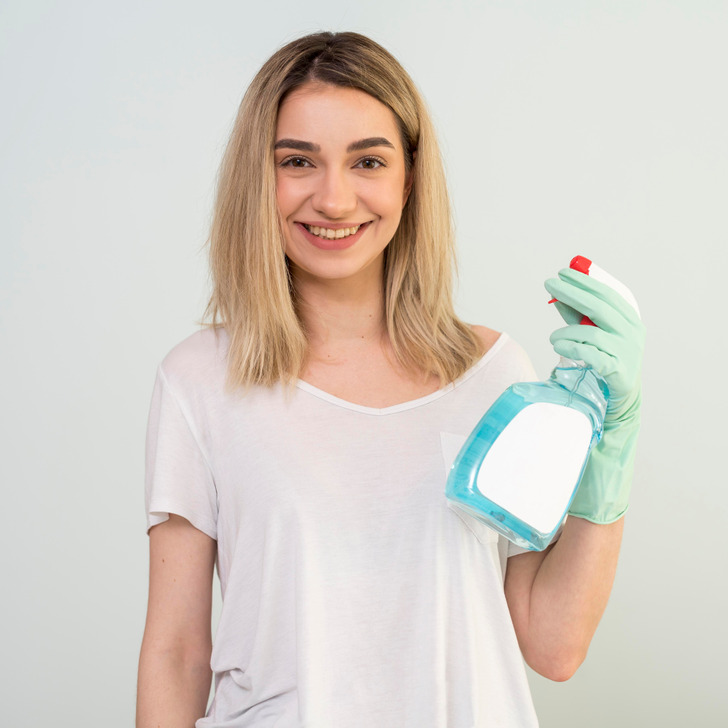
Chemicals often get a bad rap—seen as a “necessary evil” we’d love to avoid. We hunt for “natural” swaps, try DIY fixes, or seek out gentler options, all in the name of keeping our families safe. And that instinct? It’s completely understandable.
But here’s the truth: Chemicals aren’t the villain. When used correctly, they make our lives cleaner, easier, and safer. The key is respect—following instructions, never cutting corners, and understanding just how dangerous the wrong mix can be.
Because the stakes are terrifyingly real: Well-meaning attempts to boost cleaning power have led to deadly chemical reactions. Invisible, odorless gases—capable of turning lethal in minutes—have claimed lives.
Cleaning shouldn’t be a gamble with survival. But without caution, that’s exactly what it becomes.
3. Swimming in hot springs.

It sounds like something ripped from a horror movie… and in a way, it is.
This microscopic killer lurks in warm freshwater—lakes, rivers, hot springs, even poorly maintained pools. Most of the time, it just floats around, minding its business, feeding on bacteria. But if it gets into your nose (say, while swimming or diving), it can launch a one-way trip to your brain.
There, it triggers PAM (primary amoebic meningoencephalitis)—a freakishly rare but almost always fatal infection.
The worst part? There’s no red flag. One day you’re splashing in the water; the next, you might have a headache, fever, or confusion. Then—crash. The damage is swift, and survival is nearly impossible.
A chilling reminder: Fun shouldn’t be fatal. But with this amoeba, the stakes don’t get much higher.
4. Metal straws for drinks
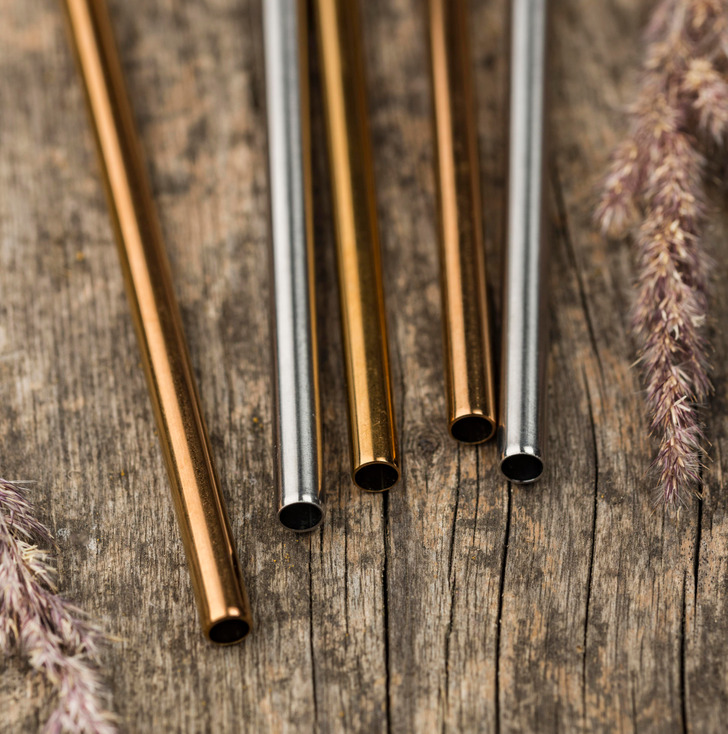
We all know accidents can happen in an instant. Picture this: you’re in the car, enjoying your iced coffee with a metal straw, when suddenly—crash!—a sudden stop or collision sends that harmless-looking straw hurtling toward your mouth… or worse, your throat.
It might sound extreme, but it’s happened—and it’s a terrifying reminder that even an innocent sip can become dangerous in motion.
So here’s the golden rule: never use a metal straw while walking, riding, or driving. That refreshing drink isn’t worth the risk—no matter how delicious it is.
5. Latex air balloons.

These vibrant decorations may seem harmless, but they’re actually the “leading cause of FATAL choking worldwide,” warns Nikki Jurcutz, an Australian paramedic. In her eye-opening viral video, she demonstrates the danger by inflating and then popping a red balloon.
“Balloons are a major choking hazard,” she explains. “They’re lightweight, sticky from saliva, and—unlike food—nearly impossible to dislodge.”
When a balloon gets trapped in a child’s airway, its thin, clingy material makes it far harder to remove than solid objects like peanuts or grapes. Back blows might shift it temporarily, but the balloon often just reattaches to another part of the throat instead of coming free.
The takeaway? Balloons pose a unique—and deadly—risk. Extra caution is crucial around these festive but dangerous items.
6. Letting your dog lick your feet.

Dogs are amazing—they fill our lives with joy, love, and laughter… but occasionally, doctors suspect, they might also share some not-so-great surprises. Take the bizarre case of an 86-year-old Israeli woman who landed in the hospital with a bacterial infection—possibly from her puppy’s affectionate licks. Yes, really.
When she arrived at the hospital, she was feeling miserable: fever, nausea, vomiting, and severe leg pain. Already in a wheelchair due to pre-existing conditions like diabetes and rheumatoid arthritis, she now had a rapid heartbeat, cellulitis (a painful skin infection) on her lower leg, and swollen, red skin.
Adding to the problem? Small cuts between her toes—likely the perfect entry point for bacteria from her puppies’ saliva. According to the report, she owned several young dogs that often licked her feet. While doctors couldn’t confirm it definitively (they didn’t test the puppies), it’s “highly likely” the licks were the culprit.
Moral of the story? Puppy kisses are adorable—but if you have open wounds or a weakened immune system, maybe keep those licks away from broken skin!
7. Working out too much.

Exercise is fantastic—until you cross the line. Push your body too hard, and you risk serious consequences. When extreme exertion damages muscle tissue, it can flood your bloodstream with myoglobin, a protein that overwhelms your kidneys.
This dangerous condition is called rhabdomyolysis, and it’s a medical emergency. Left untreated, it can trigger kidney failure, dangerous heart rhythms, electrolyte crashes, and even deadly blood clots. In severe cases, it can be fatal.
8. Sandholes on the beach.
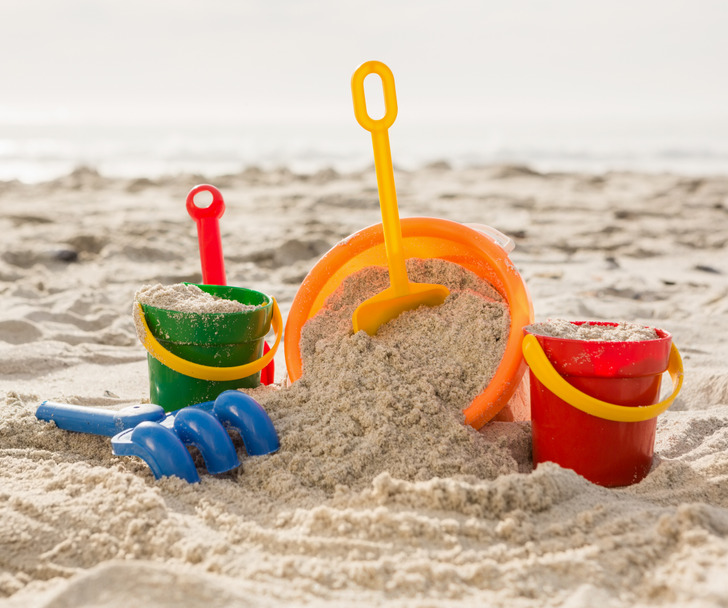
That innocent-looking sandcastle project? It could be deadly. Digging deep holes at the beach might seem like harmless fun, but it’s surprisingly dangerous—more fatal than shark attacks, in fact.
Between 1990 and 2006, 16 people in the U.S. died from collapsing sand holes—outpacing the 12 shark-related fatalities in the same period. Most victims were kids and teens, aged 3 to 21.
Here’s why it’s so lethal: Sand is far heavier than it looks. Dry sand weighs 100 pounds per square foot, and when a hole caves in, it traps victims instantly. The crushing weight makes breathing—or even moving—impossible, leading to suffocation in minutes.
Rescues are a race against time. As responders dig, the unstable sand keeps collapsing, often burying the victim deeper.
9. Dryer lint.
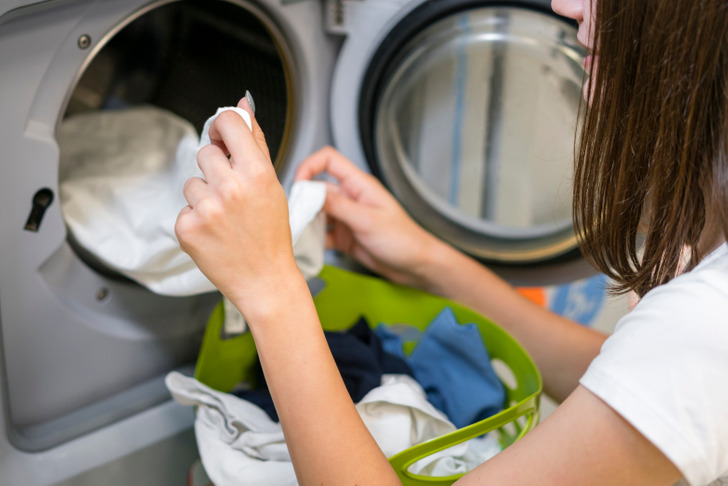
That harmless-looking fluff in your dryer? It’s a hidden fire hazard. Lint—the soft, fuzzy stuff you peel off your dryer’s filter—is highly flammable, and skipping regular cleanouts can have dangerous consequences. When lint builds up in your dryer or vent, it can overheat and ignite, turning a mundane chore into a disaster.
The numbers don’t lie: The U.S. Fire Administration reports roughly 2,900 home dryer fires annually, primarily due to neglected lint buildup. These fires cause an average of 100 injuries, 5 deaths, and $35 million in damages every year.
Here’s how it happens: As clothes tumble, they shed lint, most of which gets caught in the filter—but some escapes into the vent and exhaust duct. Over time, this accumulation forces your dryer to work harder, overheating the system. If lint drifts near the heating element? That’s when the real danger sparks.
10. Resistance bands.

Resistance bands—those stretchy fitness tools that are super popular for home workouts. They’re convenient, affordable, and great for toning. But here’s the thing: they can be surprisingly dangerous if not used properly. Resistance bands might look harmless, but they’ve been linked to serious injuries, especially when they snap or slip unexpectedly.
Eye Injuries: A study from the University of Miami reported multiple cases where resistance bands caused eye injuries, including iritis, hyphema, and even retinal detachment. Some patients experienced long-term vision loss.
Facial and Head Trauma: There have been instances where bands recoiled and caused facial fractures or even skull injuries. One case involved a patient sustaining a complex ocular trauma when a band snapped during a chin-up exercise.
Product Recalls: Due to safety concerns, several resistance bands have been recalled. For example, some products were recalled because the bands could separate from the handle and strike users, posing an injury hazard.
And here are 12 Jewelry Trends to Instantly Upgrade Your Everyday Style
Preview photo credit freepik / Freepik, KamranAydinov / Freepik
